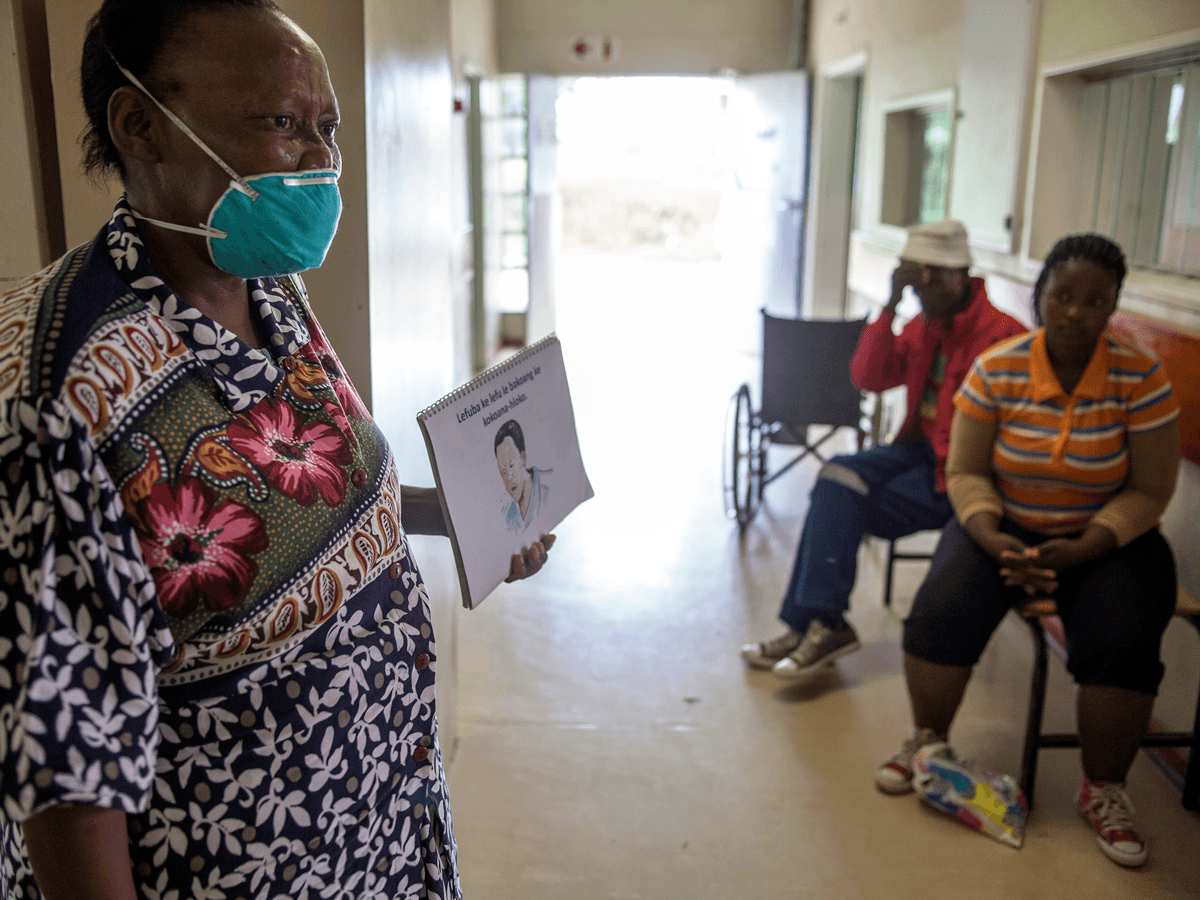Rabkin M, Howard AA, Ehrenkranz P, Fernandez LG, Preko P, Singh V, Tomlinson HL, El-Sadr WM.
Int J Tuberc Lung Dis. 2020 Feb 1;24(2):165-169. doi: 10.5588/ijtld.19.0595.
Abstract
Tuberculosis (TB) is the leading cause of death among people living with human immunodeficiency virus (PLHIV), and sub-Saharan Africa has a particularly heavy burden of HIV-associated TB. Although effective TB preventive treatment (TPT) has been available for decades and shorter regimens are newly available in some settings, TPT coverage among PLHIV is suboptimal, leading to preventable illness and death. In 2018, the United Nations High-Level Meeting on Ending Tuberculosis called for ambitious new targets for TPT coverage among PLHIV and many countries in sub-Saharan Africa have redoubled their efforts to take TPT to scale. Importantly, however, this push to expand TPT among PLHIV is taking place in the context of a changing HIV treatment delivery landscape. Countries in sub-Saharan Africa are at the forefront of innovative changes in HIV program design, including a shift towards less-intensive differentiated service delivery (DSD) models for stable patients doing well on antiretroviral therapy. Understanding the opportunities and challenges that DSD presents for TB diagnosis, prevention and linkage to care among PLHIV will be critical to success.









